Nationality American Role Architect Spouse Josephine Lee (m. 1871) | Occupation Architect Name Bruce Price Children Emily Post | |
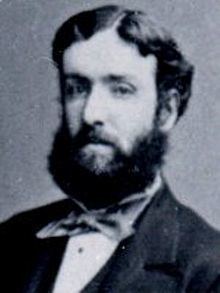 | ||
Died May 29, 1903, Paris, France Structures Chateau Frontenac, American Surety Building, St Nicholas Historic D, The Knickerbocker Hotel, Bank of the Metropolis Similar People Jules Henri de Sibour, Emily Post, Louis de Buade de Frontenac, John Russell Pope, Frank Lloyd Wright | ||
Plus Gallery artist Bruce Price at the Denver Art Museum, May 15, 2013
Bruce Price (12 December 1845 – 29 May 1903) was an American architect and an innovator in the Shingle Style. The stark geometry and compact massing of his Tuxedo Park, New York cottages influenced Modernist architects, including Frank Lloyd Wright and Robert Venturi.
Contents
- Plus Gallery artist Bruce Price at the Denver Art Museum May 15 2013
- For Sale Tuxedo Park Mansion Noemi Morales Realtor
- Biography
- United States
- Tuxedo Park New York
- Canada
- References
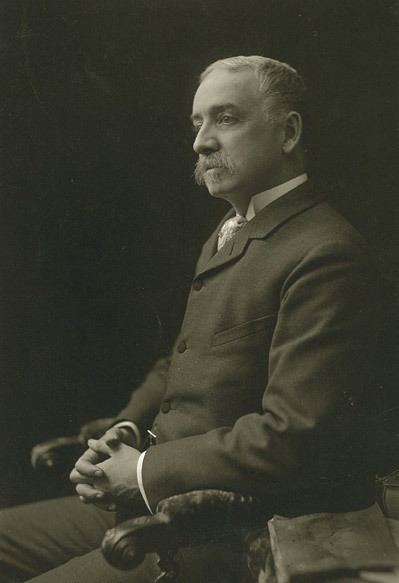
He also designed Richardsonian Romanesque institutional buildings, Beaux-Arts mansions, and Manhattan skyscrapers. In Canada, he designed Chateauesque railroad stations and grand hotels for the Canadian Pacific Railway, including Windsor Station in Montreal and Château Frontenac in Quebec City.
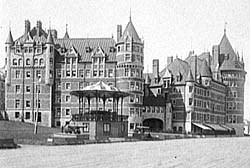
For Sale-Tuxedo Park Mansion-Noemi Morales, Realtor
Biography
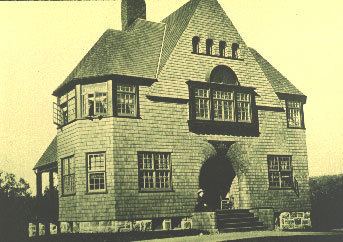
Price was born in Cumberland, Maryland, the son of William and Marian Bruce Price. He studied for a short time at Princeton University. After four years of internship in the office of the Baltimore, Maryland architects Niernsee & Neilson (1864–68), he began his professional work in Baltimore with Ephraim Francis Baldwin as a partner. Following a brief study trip to Europe, he opened an office in Wilkes-Barre, Pennsylvania, where he practiced from 1873 to 1876.
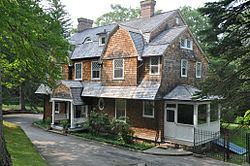
He settled in New York City in 1877, where he worked on a series of domestic projects. These culminated in the design and layout of the exclusive 7,000-acre planned community of Tuxedo Park (1885–86), created by Pierre Lorillard IV. The striking buildings Price designed there, with their severe geometry, compact massing and axial plans, were highly influential in the architectural profession. Eight of Price's houses – including five from Tuxedo Park – were among the one hundred buildings selected for George William Sheldon's landmark survey of American domestic architecture: Artistic Country-Seats (1886–87). The most famous of these, the Pierre Lorillard V cottage ("Cottage G"), though demolished and now known only through photographs, remains an icon of American architecture. Price's daughter wrote in 1911:
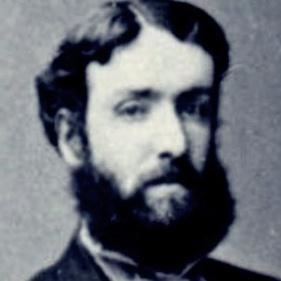
"In beginning Tuxedo, the architect's idea was to fit buildings with the surrounding woods, and the gate-lodge and keep were built of graystone with as much moss and lichen as possible. The shingled cottages were stained with the color of the woods—russets and grays and dull reds—ugly to the taste of a quarter century later, though this treatment did much to neutralize the newness of the buildings—Old World and tradition-haunted as it looks, it is new, incredibly new."
Among the Manhattan office buildings he designed were the American Surety Building, the St. James Building, the Bank of the Metropolis and the International Bank. He also collaborated with sculptor Daniel Chester French on the Richard Morris Hunt Memorial (1898) in Central Park. He designed a lecture hall and a dormitory at Yale University. His grandest residential commission was Georgian Court, the neo-Georgian estate of George Jay Gould I in Lakewood, New Jersey.
Price invented, patented, and built the parlor bay-window cars for the Pennsylvania Railroad and the Boston and Albany Railroad. This work prompted the Canadian Pacific Railways to consider his portfolio. He designed the Château Frontenac in Quebec for the Canadian Pacific (arguably the structure Price is most identified with), as well as the first Banff Springs Hotel in Alberta, and many other hotels and stations.
He was a Fellow of the American Institute of Architects (1890), and belonged to the Architectural League of New York. In 1900, he entered into a partnership with French architect Jules Henri de Sibour, who had earlier worked in his office. The firm continued to use the name "Bruce Price & de Sibour" until 1908, five years after Price's death.
In 1871, Price married Josephine Lee, the daughter of a Wilkes-Barre coal baron. They had two children: Emily Price Post, who became a novelist and the American authority on etiquette; and William, who died in infancy. Price is buried, along with his wife and son, in Hollenback Cemetery in Wilkes-Barre, Pennsylvania.
